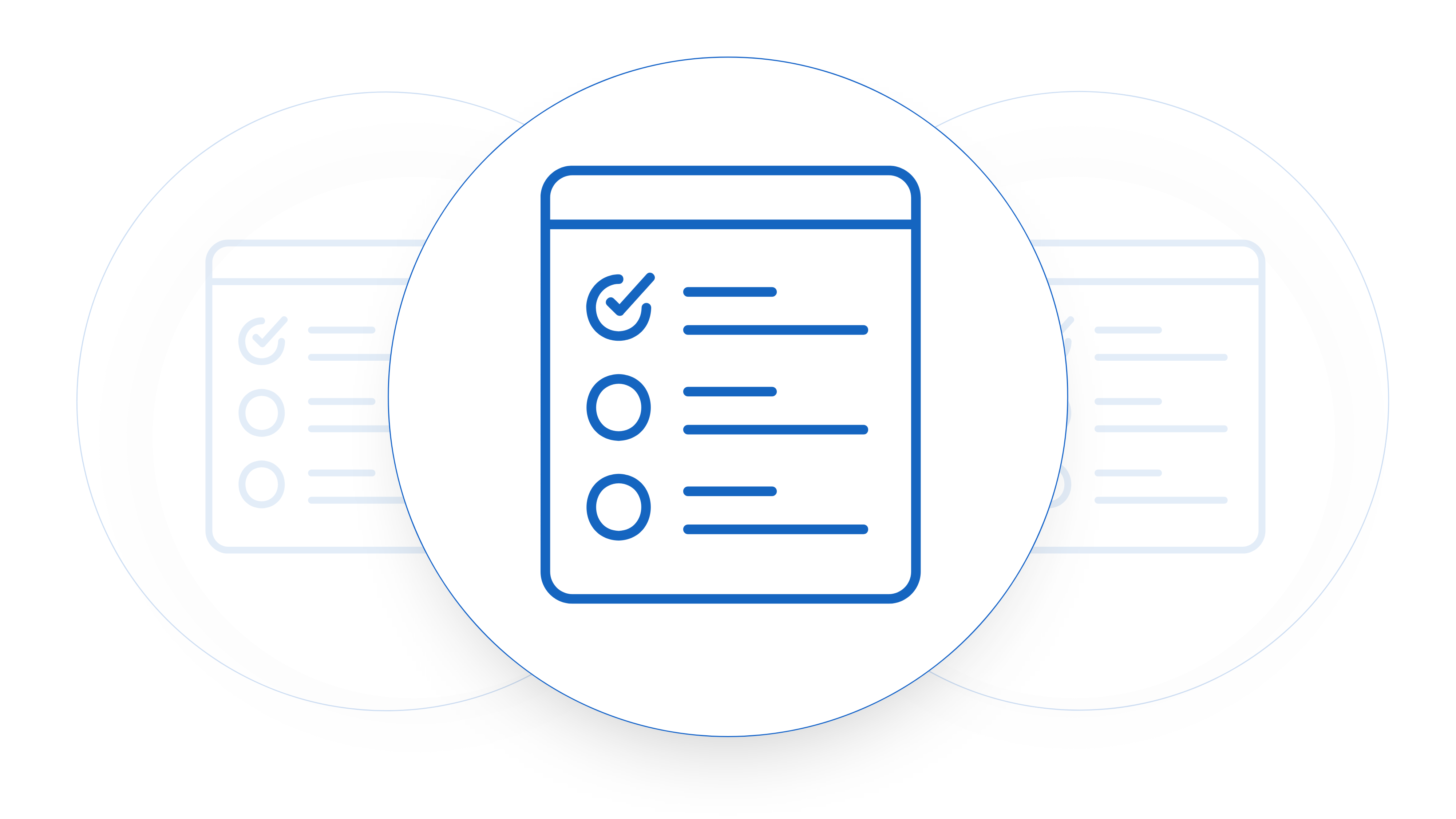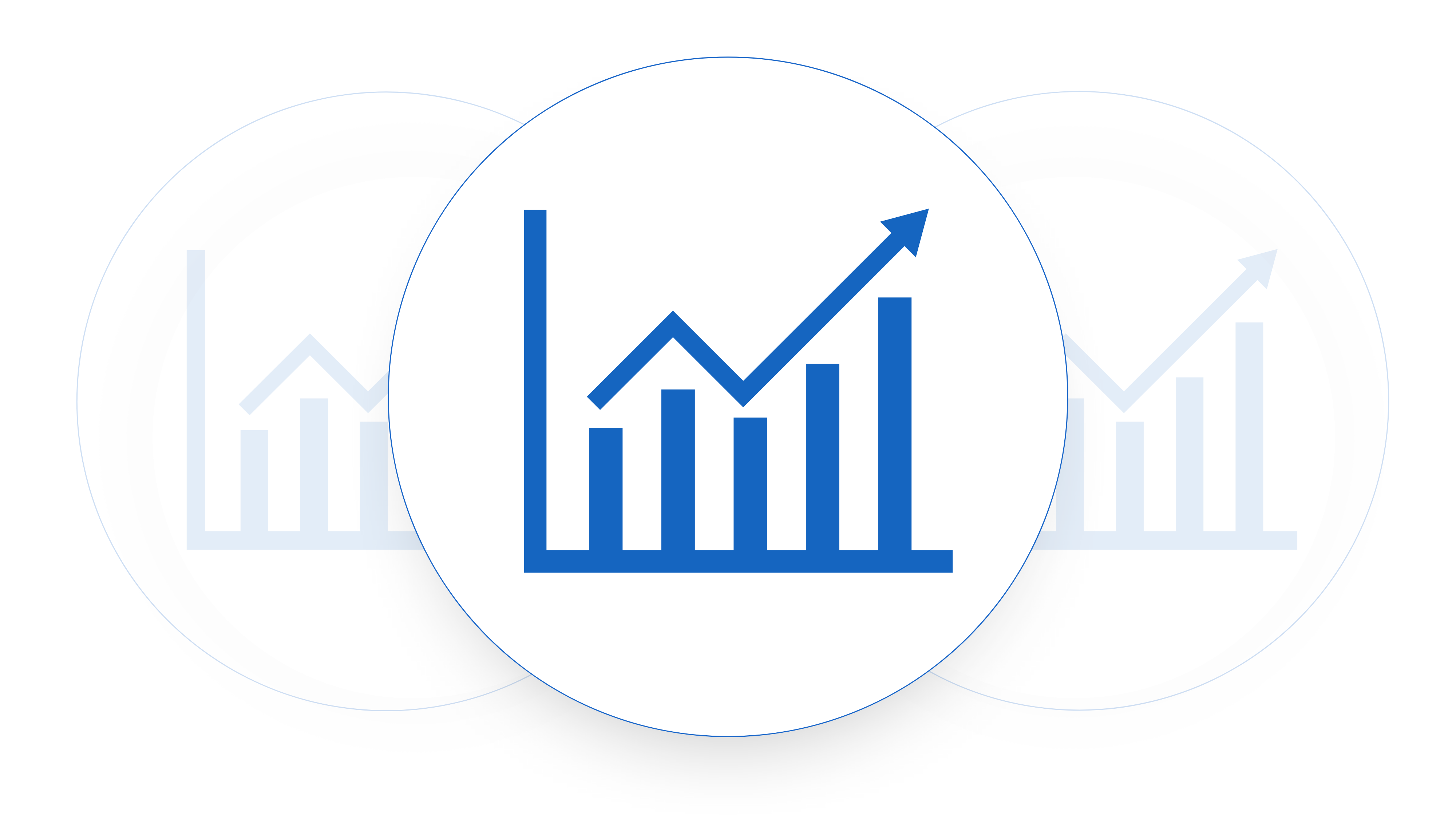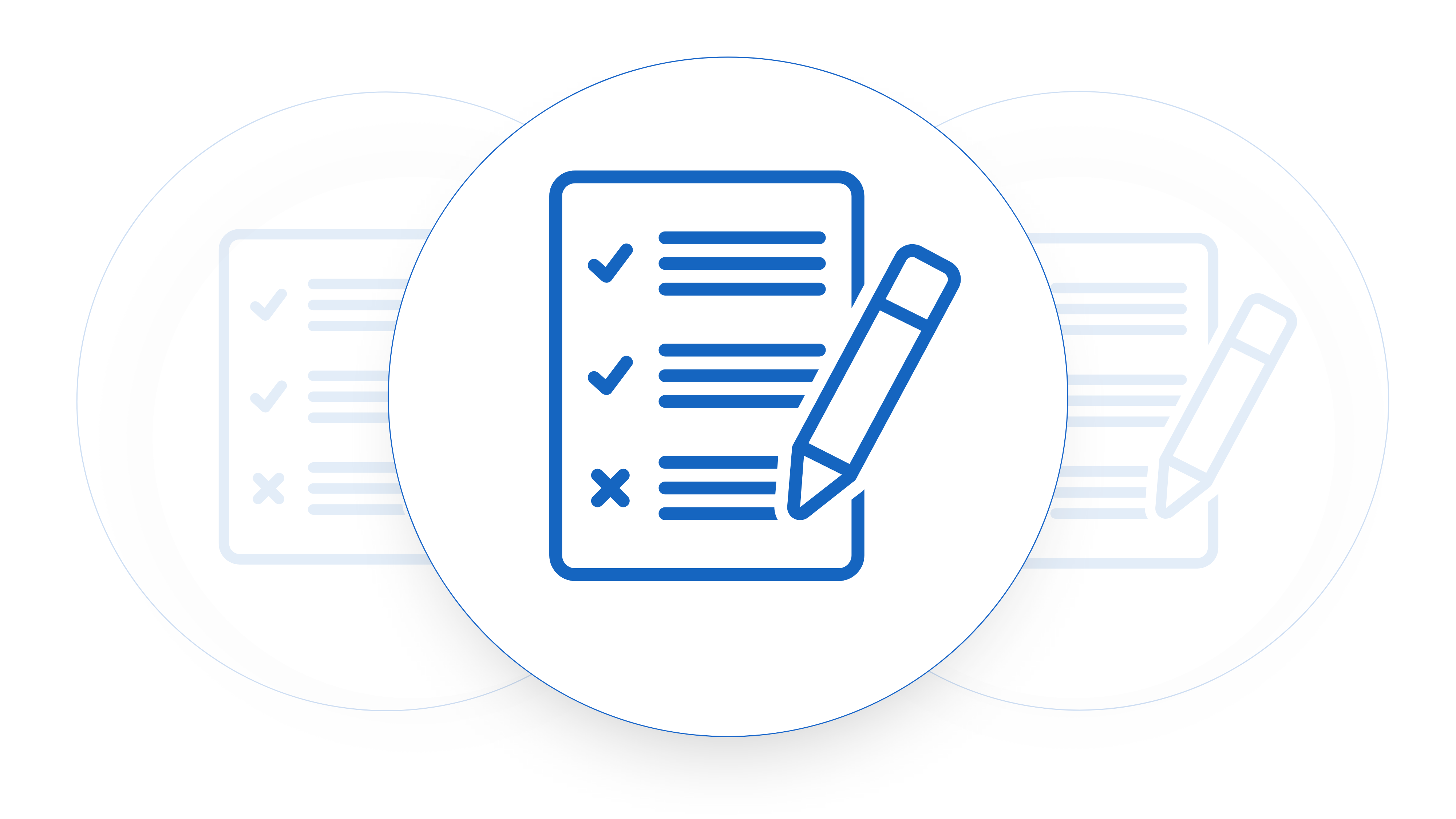Understanding what data should be in my MRR waterfall for a SaaS company is a bit of a tougher question then it first looks. For most startups it’s very important to remain ‘raise ready at all times’. Your MRR waterfall report is one of the key documents in maintaining a raise ready state for any company. If it’s kept up to date with the correct information that would be requested during a raise then you won’t have to scramble when things happen. If it’s not there will be difficulties in getting all of this data together in time. If you’re building a Software as a Service (SaaS) business, Monthly Recurring Revenue (MRR) is the bread and butter of you business stats. The MRR waterfall is most probably the most important dashboard there is for SaaS companies to track, understand, and optimize their revenue streams. But what exactly should be included in your MRR waterfall? Let’s have a look at the standard things that a MRR waterfall should include as well as some of the extras that can make your life a lot easier in the future.
Understanding the MRR Waterfall
Before we dump the specifics on you, let’s lay the groundwork by understanding what the MRR waterfall represents. Essentially, the MRR waterfall visualizes the changes in MRR over time, depicting the up’s and (hopefully) not to many downs of revenue due to various factors such as new sales, upgrades, downgrades, churn, and expansion revenue. By dissecting these components, SaaS companies can gain valuable insights into their revenue performance and make data-driven decisions to drive growth.
Key Data Points for Your MRR Waterfall
1. New MRR:
At the heart of the MRR waterfall lies the growth of new revenue generated from acquiring new customers or securing new subscriptions within a given period. Tracking new MRR provides a pulse on your company’s growth trajectory and the effectiveness of your sales and marketing efforts.
2. Churned MRR:
Churned MRR represents the revenue lost due to customers canceling their subscriptions or downgrading their plans. This metric serves as a critical indicator of customer retention and satisfaction. Understanding churned MRR can uncover pain points in your product or service and inform strategies to enhance customer loyalty.
3. Expansion MRR:
Expansion MRR accounts for the revenue gained from existing customers who upgrade their subscriptions or purchase additional features. This metric reflects the success of upselling and cross-selling initiatives and underscores the value delivered to customers over time.
4. Contraction MRR:
Conversely, contraction MRR denotes the revenue lost from existing customers who downgrade their subscriptions or remove features. Monitoring contraction MRR sheds light on customer dissatisfaction or changing needs, prompting proactive measures to address underlying issues and prevent further revenue erosion.
5. Net MRR:
This aggregates all changes in MRR – including new MRR, churned MRR, expansion MRR, and contraction MRR – to provide a comprehensive view of your company’s revenue performance. Net MRR serves as a barometer of overall revenue health, guiding strategic decisions and resource allocation.
6. Average Revenue Per Account (ARPA):
ARPA measures the average revenue generated per customer account within a specific timeframe. This metric offers insights into customer segmentation, pricing effectiveness, and revenue potential. By optimizing ARPA, SaaS companies can maximize revenue while delivering value to customers.
7. Customer Lifetime Value (CLV):
CLV predicts the total revenue a customer is expected to generate over their entire relationship with your company. This forward-looking metric factors in customer acquisition costs, retention rates, and revenue contributions to assess the long-term value of each customer. CLV empowers SaaS companies to prioritize customer-centric strategies and build sustainable growth.
Redline What Matters
Raise Changes For Approval To Turnaround Contracts Faster
Building Your MRR Waterfall: Best Practices
Now that we’ve identified the key data points, let’s discuss best practices for constructing your MRR waterfall:
- Data Accuracy: Ensure the accuracy and integrity of your data sources by leveraging reliable accounting and Customer Relationship Management (CRM) systems. Consistent data hygiene practices and validation protocols are paramount to maintaining data integrity.
- Granularity: Break down your MRR waterfall into granular categories to unveil actionable insights and trends. Segmenting data by customer cohorts, subscription tiers, or geographic regions enables targeted analysis and informed decision-making.
- Frequency: Update your MRR waterfall regularly to capture real-time changes in revenue dynamics. Depending on your company’s growth stage and operational cadence, consider updating your MRR waterfall monthly, quarterly, or even daily to facilitate timely decision-making and performance monitoring.
- Visualization: Utilize visual aids such as charts, graphs, or dashboards to present your MRR waterfall in a visually engaging and comprehensible manner. Clear visualization enhances data interpretation and facilitates communication across stakeholders, fostering alignment and collaboration.
Points to Break Data Down
With your MRR waterfall in place there are a number of ways that you can chop and filter this data to make it more effective to make management decisions from. Here are just a few of the extra data points that you can add to a MRR waterfall to make it super charged for internal decision making.
Customer Region
If you’re SaaS business is on the way up internationally you’re likely to be selling in various regions such as the US, Europe or APAC. If you have data around where each of your customers is based you can split this down and give yourself an understanding of where your business is growing. You can also do this to split your customers by currency they pay in which can help you to stabilize the currency conversion rate in your MRR waterfall so over different time periods you can better compare the growth of your business.
Industry
By injecting industry data into your MRR waterfall you’ll again get valuable information in the industries that your starting to succeed in which can be fed back to your marketing team so they best know where to put their resources.
Customer Size
Splicing your MRR waterfall by customer size will allow you to build an understanding of the types of customers that your winning with. This can then feed into your pricing, marketing and customer service strategies.
The MRR waterfall is a powerful instrument that helps SaaS companies to not only track how their business is growing but also allows them to understand where they are winning and feed this information back into their GTM machine. By incorporating key data points such as new MRR, churned MRR, expansion MRR, and net MRR, alongside metrics like ARPA and CLV, SaaS companies can gain actionable insights into their revenue performance and chart a course towards success. With attention given on a monthly basis to data accuracy, granularity, frequency, and visualization, your MRR waterfall can serve as a strategic tool, guiding your company towards faster growth and putting them in a raise ready position.











